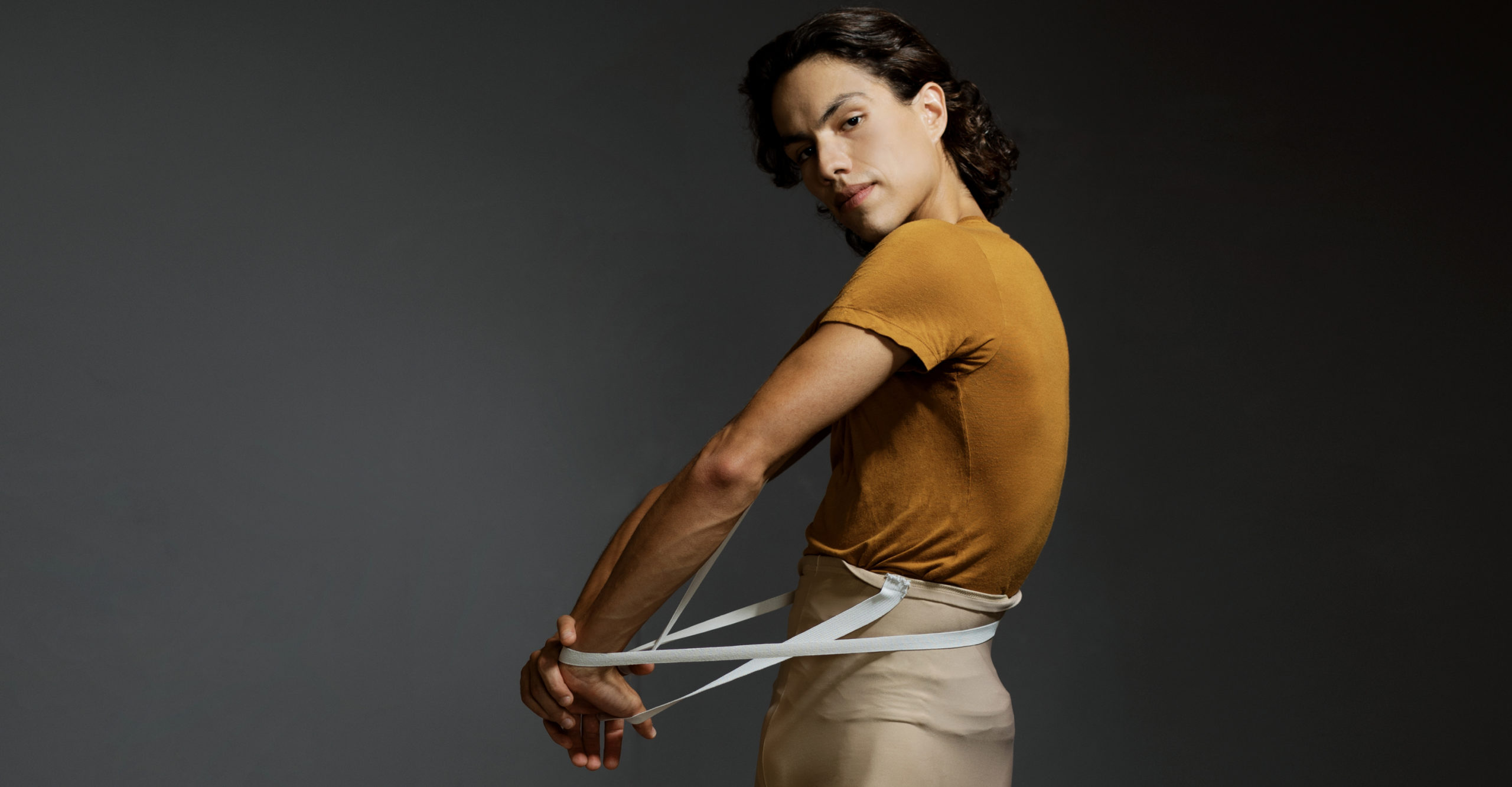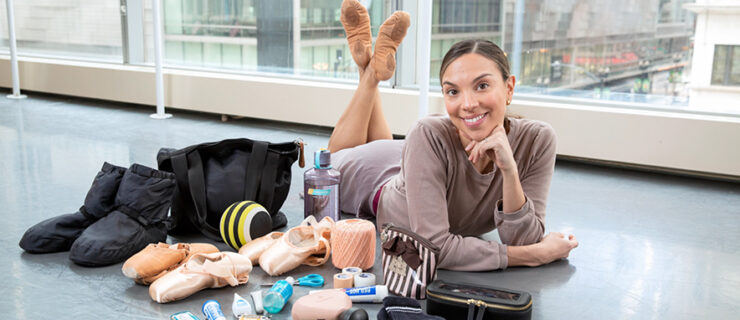Ready for Anything: Esteban Hernández Electrifies the Stage at San Francisco Ballet
As Esteban Hernández moves through company class at San Francisco Ballet, the characteristics that mark his career become evident: a humble determination and steady preparedness. He doesn’t position himself front and center, but at the far corner of the barre right next to the pianist (he studied piano himself). He does every combination with the utmost commitment, continuously testing his balance.
Earlier that August morning at the company studios, the young principal dancer had explained his process: “I approach everything as if I could go onstage the next day.”
With his powerful technique and versatile artistry (he’s portrayed everything from a king, to a prodigal son, to abstract contemporary roles), Esteban has become a favorite among choreographers and audiences since joining SFB eight years ago.
“He has so much energy when he dances; you notice that right away,” says SFB artistic director and principal choreographer Helgi Tomasson. “His joy of dancing shines through when he is onstage.”
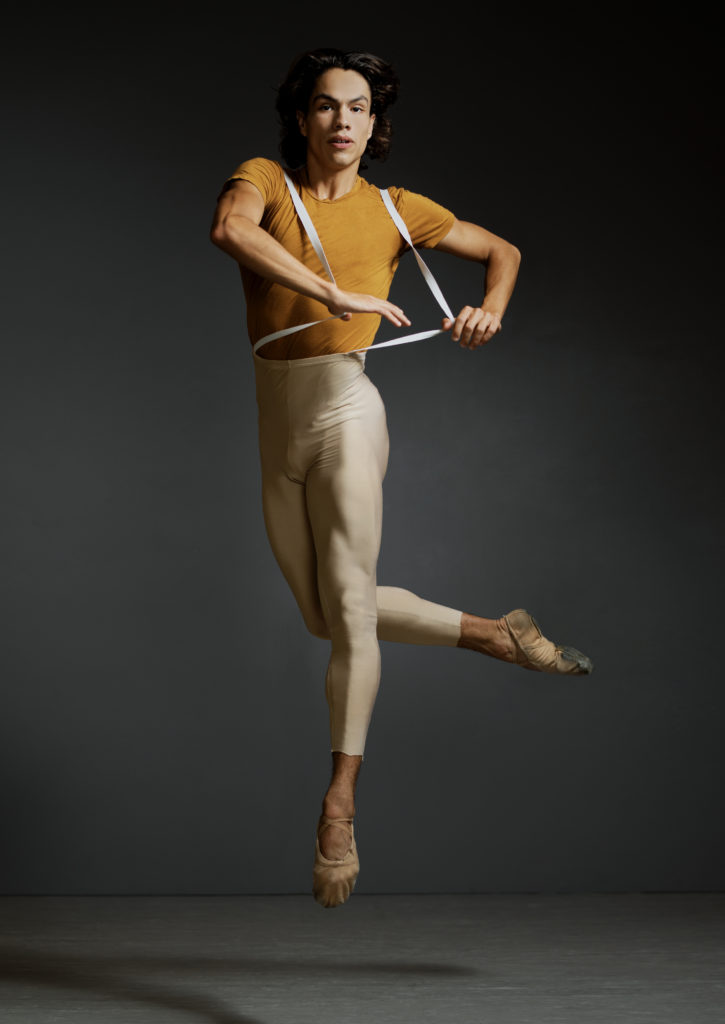
In 2019, Esteban was promoted to the company’s top rank—only to have his first season as a principal cut short by the coronavirus pandemic. But last month, during SFB’s highly anticipated return to the stage at Stanford University’s Frost Amphitheater, Esteban delivered his trademark joie de vivre in George Balanchine’s Tarantella alongside partner Sasha De Sola. His verve was evident as he executed effortless brisé volé, whipping pirouettes, and exuberant tapping on the tambourine. If his first show was any indication, Esteban is not only back, he’s better than ever.
Backyard Dream
The 27-year-old joined SFB’s corps de ballet in 2013. But his dance life began at a makeshift barre in his family’s backyard in Guadalajara, Mexico. It was there that his father, Héctor Hernández, taught his 11 children ballet. And it was also there that a 7-year-old Esteban firmly decided that he wanted to pursue dance.
Both of Esteban’s parents were dancers. Héctor danced professionally; he trained with David Howard at the Harkness Ballet and performed with Dance Theatre of Harlem and Houston Ballet. He met his wife, Laura, while teaching in his hometown of Monterrey, Nuevo León, Mexico. For three years, Esteban watched his father teach his older brother, Isaac Hernández, now a lead principal with the English National Ballet.
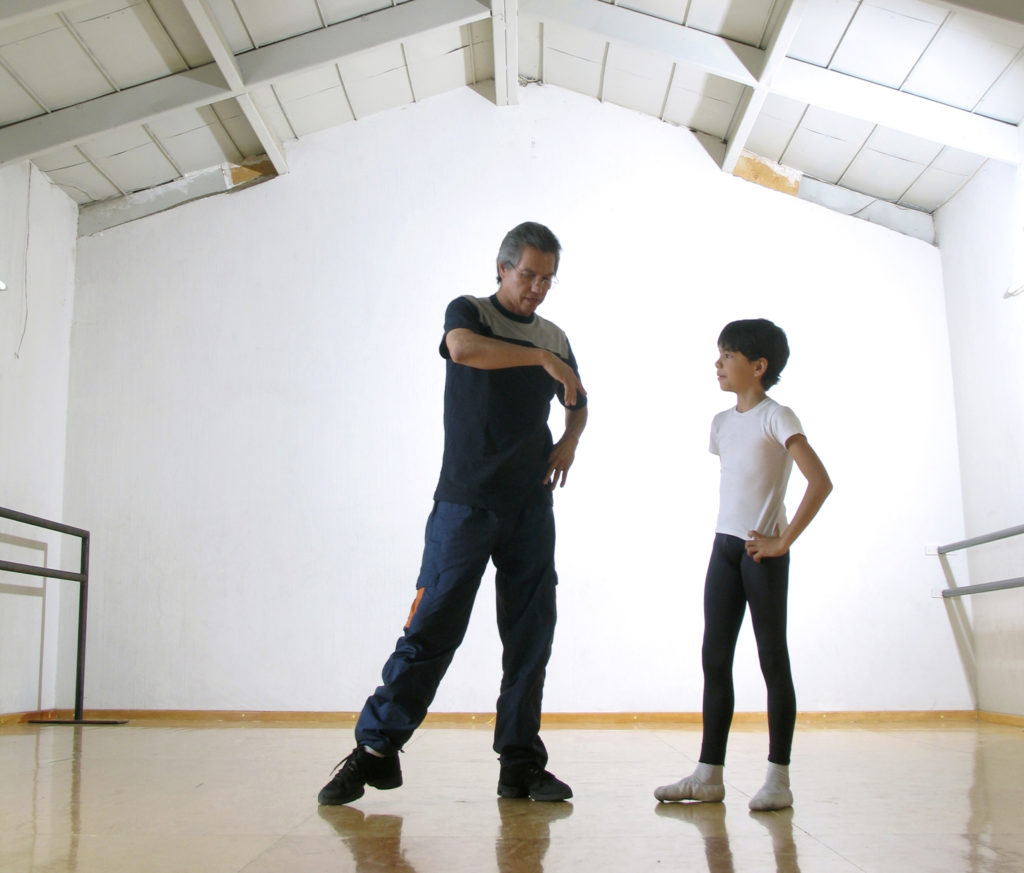
“Esteban approached me in a very serious and unexpected way,” recalls Héctor. “I told him, ‘Son, ballet is very hard and requires a lot of effort,’ but he said he wanted to learn anyway, so we started the next day.”
“I loved the connection between movement and music and getting to watch the process up close,” says Esteban. “I also enjoyed seeing the bond it built between Isaac and my father, and I wanted to have that as well.”
Esteban was quick to demonstrate his tenacity and talent. “Sometimes I would come home late from work, so I wouldn’t start ballet class on time,” says Héctor. “My other children got tired of waiting and left our backyard ‘studio,’ but Esteban would always wait for me no matter how late I got home.”
Patience and Preparedness
After studying with his father for four years, Esteban moved to Philadelphia at age 12 to join Isaac at The Rock School for Dance Education. He completed his training at The Royal Ballet School after earning a scholarship at Youth America Grand Prix in 2010. Upon graduating, he received a corps contract with SFB—and was eager to hit the ground running even before leaving London.
“I remember telling my friends, ‘I just want to get there already and dance as much as I can and do everything!’” says Esteban.
He soon got a reality check; being the newbie meant he was often third cast for performances.
“I had a hard time the first couple of months since I wanted to prove myself so badly,” says Esteban. “I was like, ‘How can I do that if I’m in the back of the room?’ ”
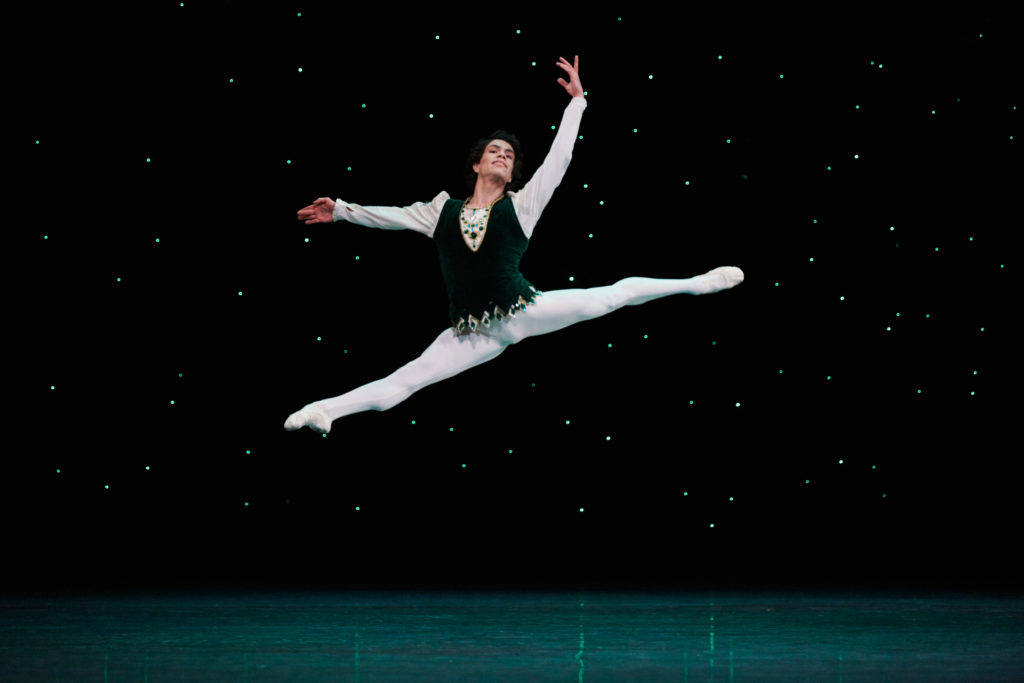
But that waiting period is what helped him acquire the skills to stand out.
“I learned that you always need to be prepared when opportunity comes,” says Esteban. “I remember times when someone said, ‘This person is sick today and the second cast is doing another part,’ so I’d raise my hand to do it.”
His work ethic paid off in 2014, when a breakthrough opportunity came to sub for injured principal Joan Boada in Johan Kobborg’s Les Lutins. Only 19, he held his own with the brisk petit allégro and playful acting alongside former principal Gennadi Nedvigin and then-soloist Dores André.
A few years later, in 2017, he was unexpectedly cast in the title role of Prodigal Son. So unexpectedly, in fact, that Esteban was added to rehearsals the day they began. “I got a text message during lunch to come to rehearsal in 30 minutes,” he recalls.
He was fourth cast, but the young corps member went all-in anyway. It showed when he eventually performed onstage, delivering the role with a combination of powerful dancing and artistic maturity. Esteban was promoted to soloist shortly afterwards.
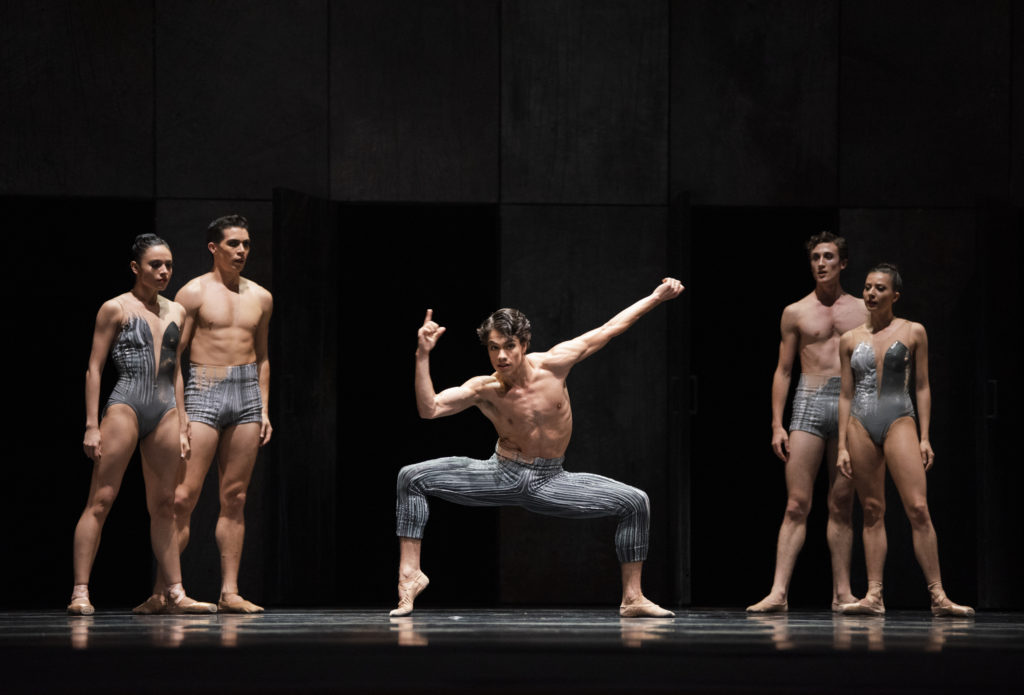
“I was in the audience,” says Balanchine répétiteur Sandra Jennings. “I didn’t know anything about him at the time and I thought, Who is this amazing dancer?”
Since he became a principal, Jennings has coached him on a range of Balanchine works, including A Midsummer Night’s Dream, Tarantella and Tschaikovsky Pas de Deux.
“He’s very pure in his spirit,” she says. “Who he is as a person shines through when he dances, and I think that’s why people are attracted to him.”
Choreographer Dwight Rhoden, co-founder and co-artistic director of Complexions Contemporary Ballet, agrees. When he created LET’S BEGIN AT THE END on SFB in 2018, he initially planned to have seven couples. But as he explored movement with the dancers, he couldn’t take his eyes away from Esteban and created an additional soloist role for him.
“He was just so 100 percent invested; he was magical almost,” says Rhoden. “He gives the movement meaning even before I have spoken about it. That’s something you can’t teach.”
His friend and fellow principal, Joseph Walsh, calls Esteban a renaissance man. “He reads all the books and knows all the music. His wisdom as a person is now translating into his dancing.”
Principal on Pause
In March 2020, the company was set to perform Balanchine’s A Midsummer Night’s Dream. Esteban, now a newly minted principal, was alternating between Puck and Oberon. But after performing Puck on opening night, the remainder of the run was canceled due to the coronavirus pandemic.
“We were all hopeful the lockdown wasn’t going to last as long as it did,” Esteban says. “There were many things I was looking forward to, but compared to the magnitude of the situation around the world, my debut could wait. I personally gained a lot of perspective in that sense.”

He remained productive, teaching virtual classes, taking yoga and choreographing for students at his parents’ ballet school this past summer. He eventually made his Oberon debut during SFB’s 2021 digital season (along with appearing in a new work, COLORFORMS, by SFB soloist Myles Thatcher).
Now he and his colleagues enter their new season filled with renewed passion and camaraderie.
“I think the pandemic brought us closer,” describes Esteban. “Overcoming something together has created that sense of community. Taking a step back from routines, realigning priorities, and exploring different parts of our lives has been beneficial and healthy.”
The Future Is Bright
As the younger brother of another principal dancer, does sibling rivalry ever come into play? On the contrary, Esteban says—he looks up to Isaac, who is four years older, with respect and gratitude.
“My brother has served as an example and reference point,” says Esteban. “It was amazing to have someone set the groundwork for me to be able to do the same.”
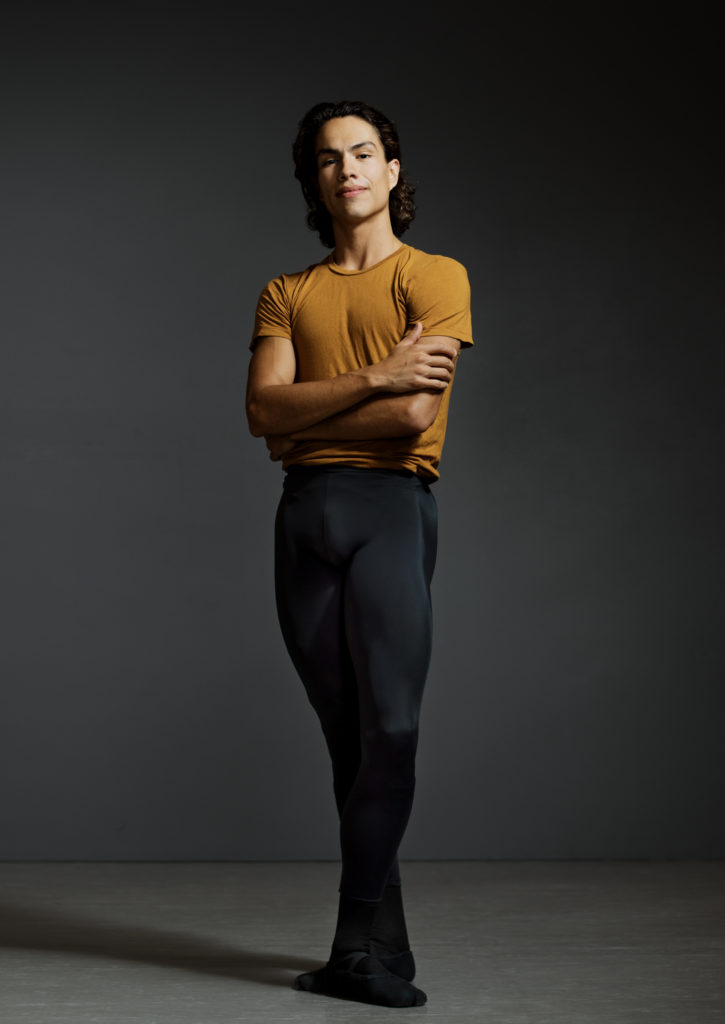
Their father also notes how the brothers complement each other with their respective styles, with Isaac being more of a “romantic dancer” while Esteban is a strong force and “risk-taker” onstage.
So what lies next?
“My main focus right now is to dance,” says Esteban. “Not necessarily for myself but to learn as much as I can so that I can share this knowledge with future generations.”
When he’s home, he teaches for the free ballet schools his parents have opened in some of Jalisco, Mexico’s underprivileged communities. He also helps with his family’s company, Soul Arts Productions, which has produced the successful Despertares ballet gala in Mexico City. His work has earned him numerous recognitions, including a National Youth Award given by former President of Mexico Felipe Calderón and the Latino Spirit Award from the California Latino Legislative Caucus.
As Esteban continues his path as principal, he looks ahead with optimism and laser focus. “What I’ve come to learn is the more I do, the more I realize that I have a long way to go,” he says, laughing. “It’s really amazing how humbling ballet can be, because just when you start feeling comfortable, you’re given something else and you’re like ‘Whoa.’ I personally enjoy the challenge of constantly growing and learning.”
